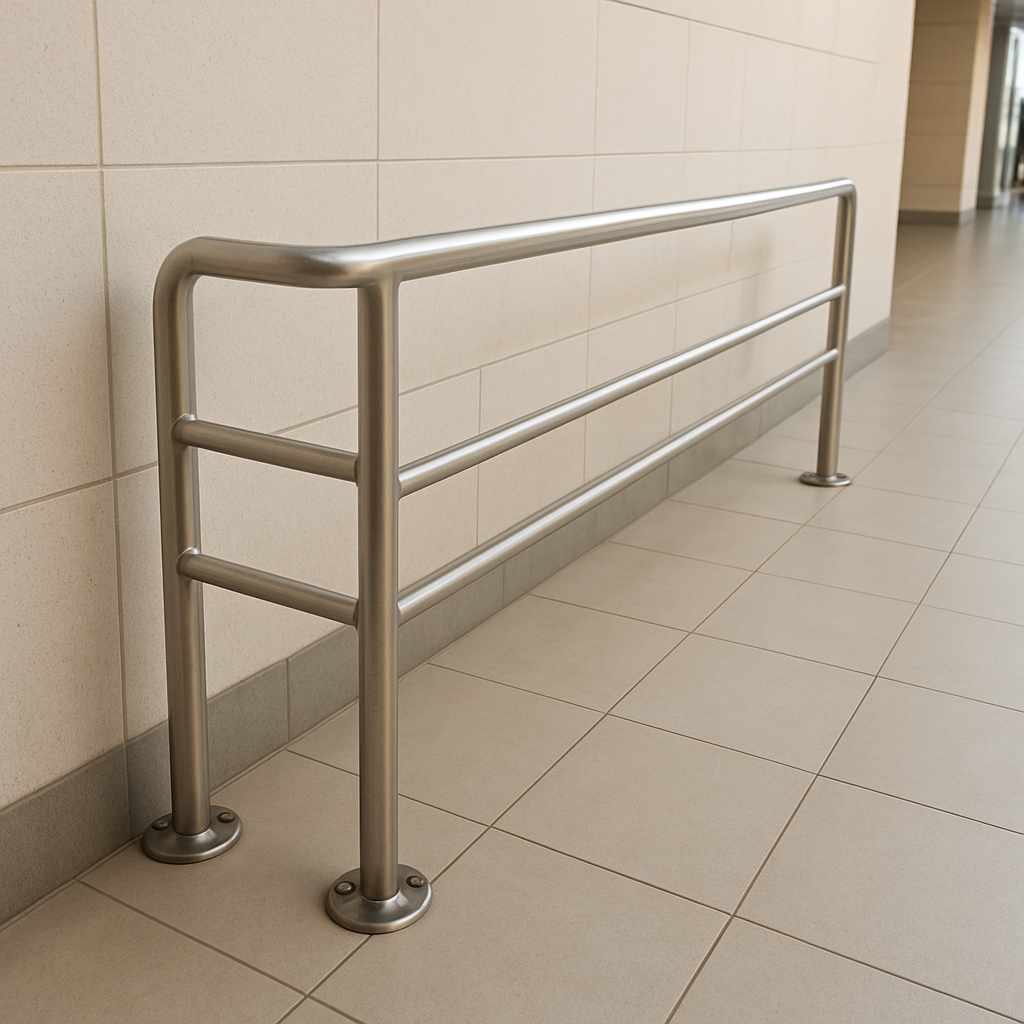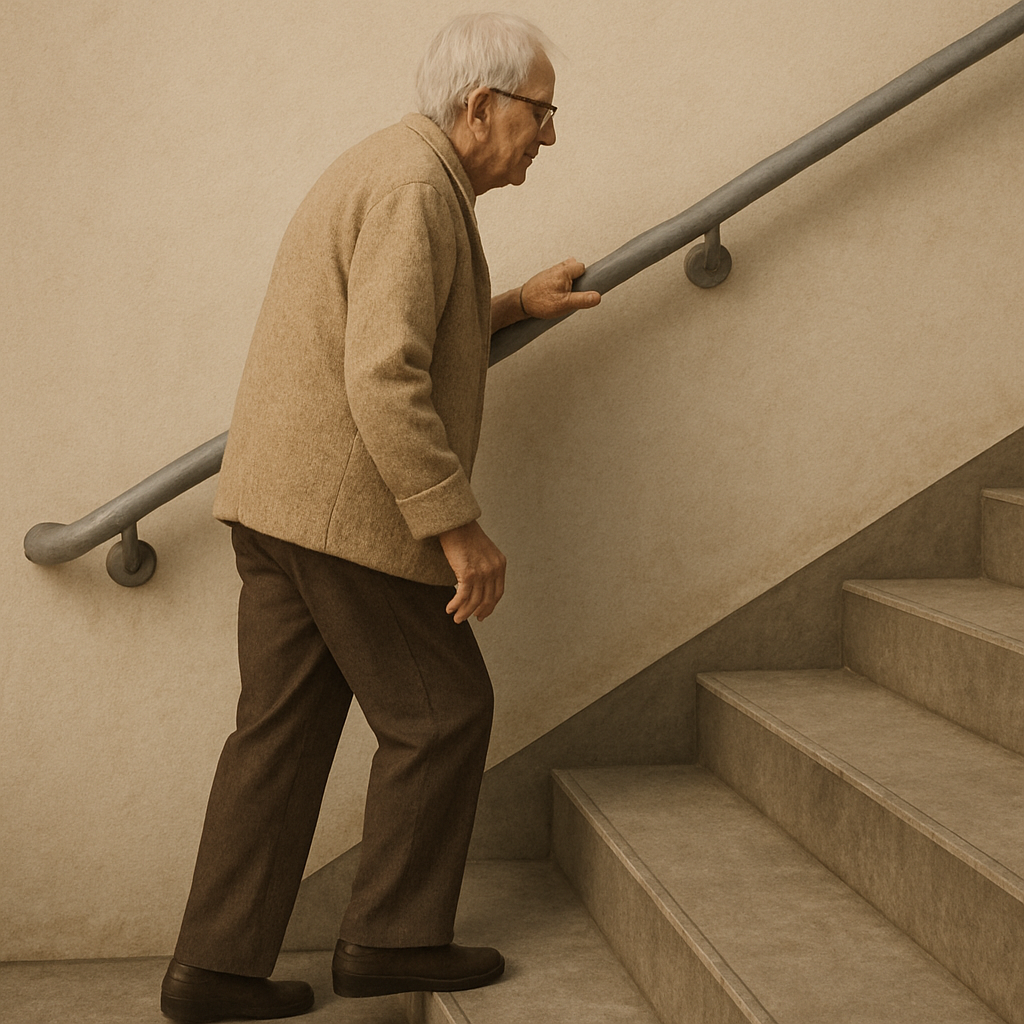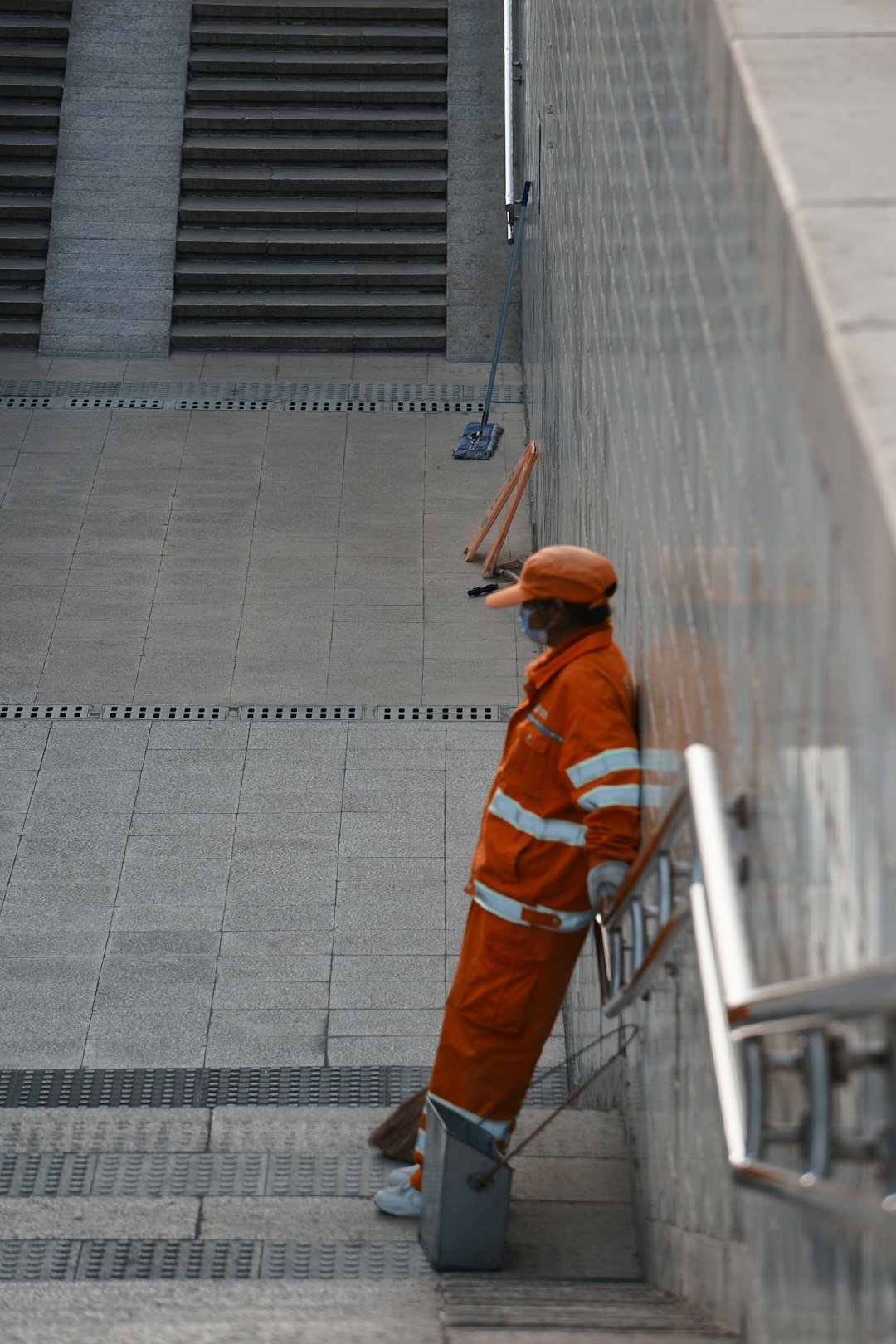 Service Hotline:13510328459
Service Hotline:13510328459
 205-206, 2nd Floor, Building 2, Xiazao Village Industrial Zone, Gaofeng Community, Dalang Street, Longhua District, Shenzhen City
205-206, 2nd Floor, Building 2, Xiazao Village Industrial Zone, Gaofeng Community, Dalang Street, Longhua District, Shenzhen City
 Service Hotline:13510328459
Service Hotline:13510328459
 205-206, 2nd Floor, Building 2, Xiazao Village Industrial Zone, Gaofeng Community, Dalang Street, Longhua District, Shenzhen City
205-206, 2nd Floor, Building 2, Xiazao Village Industrial Zone, Gaofeng Community, Dalang Street, Longhua District, Shenzhen City
Time:2025-09-10 Preview:
Creating a safe and accessible environment for everyone is a fundamental aspect of modern design. A key component in achieving this is the installation of barrier-free safety handrails. These handrails not only provide support and stability for disabled individuals but also enhance the overall safety of spaces for everyone. In this article, we'll explore the importance of barrier-free safety handrails, the benefits they offer, and essential considerations for their installation.
Barrier-free safety handrails are designed to offer support and stability in areas where individuals may need additional assistance. These handrails are crucial in public spaces, residential buildings, and any environment where accessibility is a priority. They provide a continuous support system that can prevent falls and accidents, particularly for individuals with disabilities, the elderly, and those recovering from injuries.

Safety railings, including handrails, play an integral role in creating inclusive environments. They are essential for:
Preventing Accidents: Handrails reduce the risk of falls by providing a stable surface to hold onto, particularly on stairs and ramps.
Enhancing Accessibility: They make navigating spaces easier for individuals with mobility challenges.
Increasing Independence: With the right support, individuals can move more freely and confidently.
Complying with Regulations: Many regions have building codes and regulations that mandate the installation of safety railings in public and private spaces.

Installing barrier-free safety handrails offers numerous benefits beyond just compliance with regulations. Here are some key advantages:
Handrails are designed to provide continuous support, which is especially beneficial in preventing slips and falls. They offer a reassuring grip for those who might struggle with balance or strength, ensuring they can move safely through different spaces.
For individuals with mobility impairments, barrier-free handrails can be life-changing. They allow for greater independence by enabling easier and safer navigation through homes, public buildings, and outdoor areas. This increased accessibility can improve quality of life significantly.
Barrier-free handrails are available in various materials, styles, and finishes, allowing them to blend seamlessly with the aesthetic of any environment. Whether you need a sleek, modern design for a corporate setting or a warm, wooden handrail for a residential property, there are options to suit every need.
Handrails are relatively easy to install and require minimal maintenance, making them a cost-effective solution for long-term safety. Regular inspections and cleaning ensure they remain in top condition, providing reliable support for years to come.

When planning to install safety handrails, several factors need to be considered to ensure they are effective and meet the needs of all users.
Before installation, assess the specific needs of the space and its users. Consider factors such as:
Location: Determine where handrails are most needed, such as staircases, ramps, and corridors.
User Demographics: Consider the primary users of the space. Are they elderly, young, or have disabilities?
Traffic Flow: Understand how people move through the space to position handrails effectively.
The choice of materials can affect both the functionality and aesthetics of the handrails. Common materials include:
Stainless Steel: Durable and resistant to corrosion, ideal for both indoor and outdoor use.
Wood: Offers a warm, natural look, suitable for indoor residential settings.
Aluminum: Lightweight and versatile, often used in modern designs.
Ensure that the installation complies with local building codes and accessibility standards. This includes specifications for height, diameter, and distance from the wall. Compliance not only ensures safety but also avoids potential legal issues.
While some handrails can be installed by DIY enthusiasts, professional installation is recommended to ensure they are securely fixed and safe to use. Professionals have the expertise to handle complex installations and ensure compliance with all relevant standards.
Regular maintenance is crucial to ensure that barrier-free safety handrails remain effective and safe for use. Here are some maintenance tips:
Regular Inspections: Check for signs of wear and tear, such as loose fittings or corrosion.
Cleaning: Keep handrails clean to prevent the buildup of dirt and grime, which can affect grip.
Repairs: Address any issues promptly to maintain safety and functionality.
Barrier-free safety handrails are an essential feature for creating accessible and safe environments for everyone. They provide crucial support for individuals with disabilities, enhance mobility, and contribute to overall safety. By choosing the right materials, ensuring compliance with regulations, and maintaining them properly, you can maximize the benefits of safety handrails in any setting. Whether for a public building or a private residence, investing in quality handrails is a step towards greater accessibility and inclusivity.
